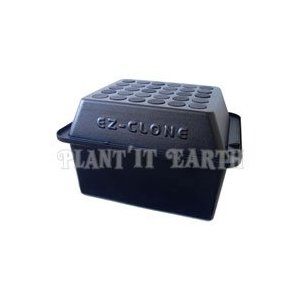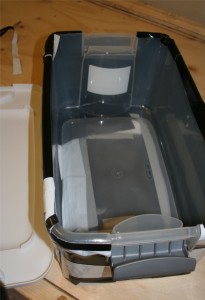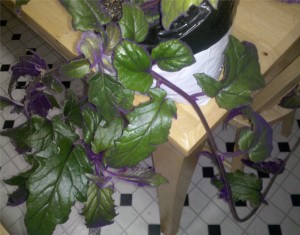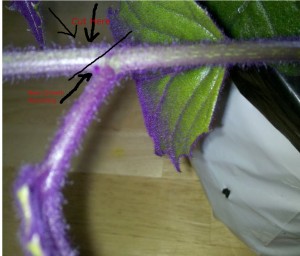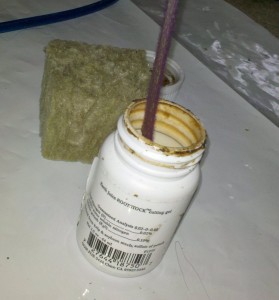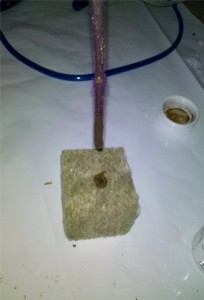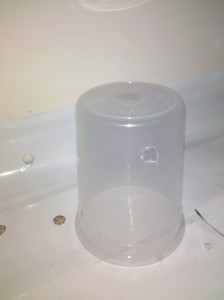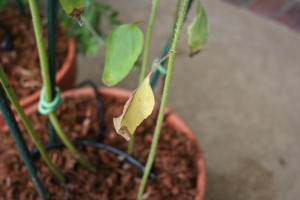Guest Post by: Mister H. of Frugal Hydroponics
After getting several germination questions I decided to create a quick video on some techniques and tips I have learned over time. It is important to point out that nature makes germination a simple process. A warming ground, increasing light, available moisture, and a medium to allow roots to expand and anchor the plant all combine to set the seed in motion to create a new plant.
With that being said, there is no “best” method, but the simple basics will almost always allow success. I present a method and a few products that economically fit my goals and current growing systems. I will “up-pot” the starts destined for outdoors soil in coir as it is sterile and will do well in soil. Those will be germinated in peat pellets or under paper towels. All plants going into hydroponic systems (indoors or outdoors) will be germinated under paper towels or in rockwool. They will then be”up-potted” into silica stone grow media.
The methods I outline allow me to “up-pot” into both soil based raised
beds and containers or hydro media with a consistent method and products (peat pellets / rockwool) while using a common lighting system and 1020 trays. My goal of a completely “soiless” environment in my basement start and hydroponic grow room is achieved.
I also posted this under the youtube channel “Misterhalfwaythere1” along with the rest of the hydroponic growing videos at the Mister Halfway Youtube Channel Don’t forget to subscribe!
About Mister H: I journal my hydroponic growing endeavor in my blog at Frugal Hydroponics. After prompting from friends and family and seeing a need to better record my results, the blog has proven a great platform for videos and photos of my progress, techniques, and of course results. Hydroponics is highly efficient and a great complement to our soil-based containers and raised beds.

